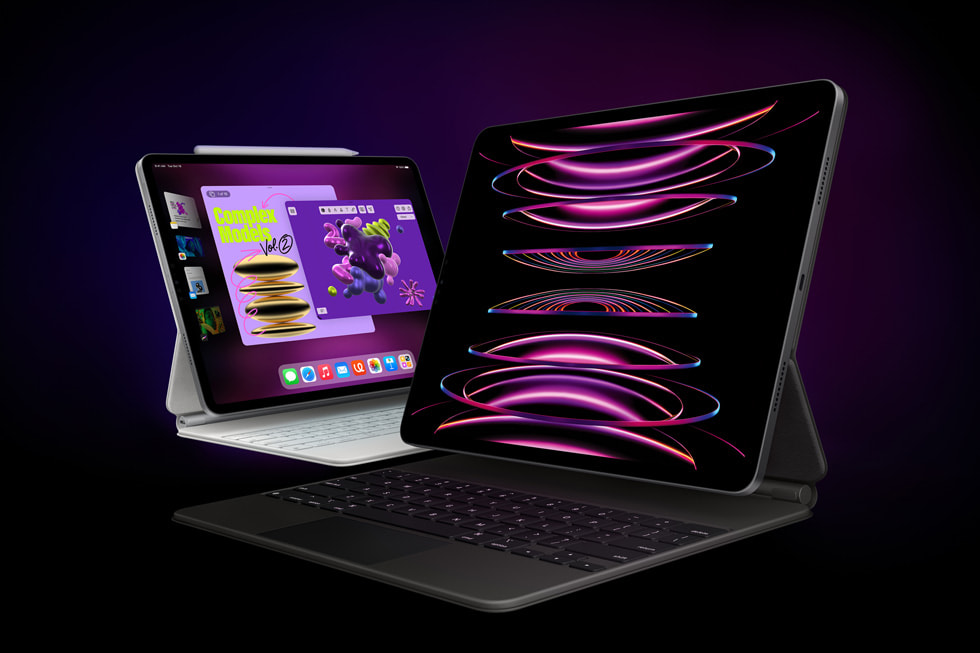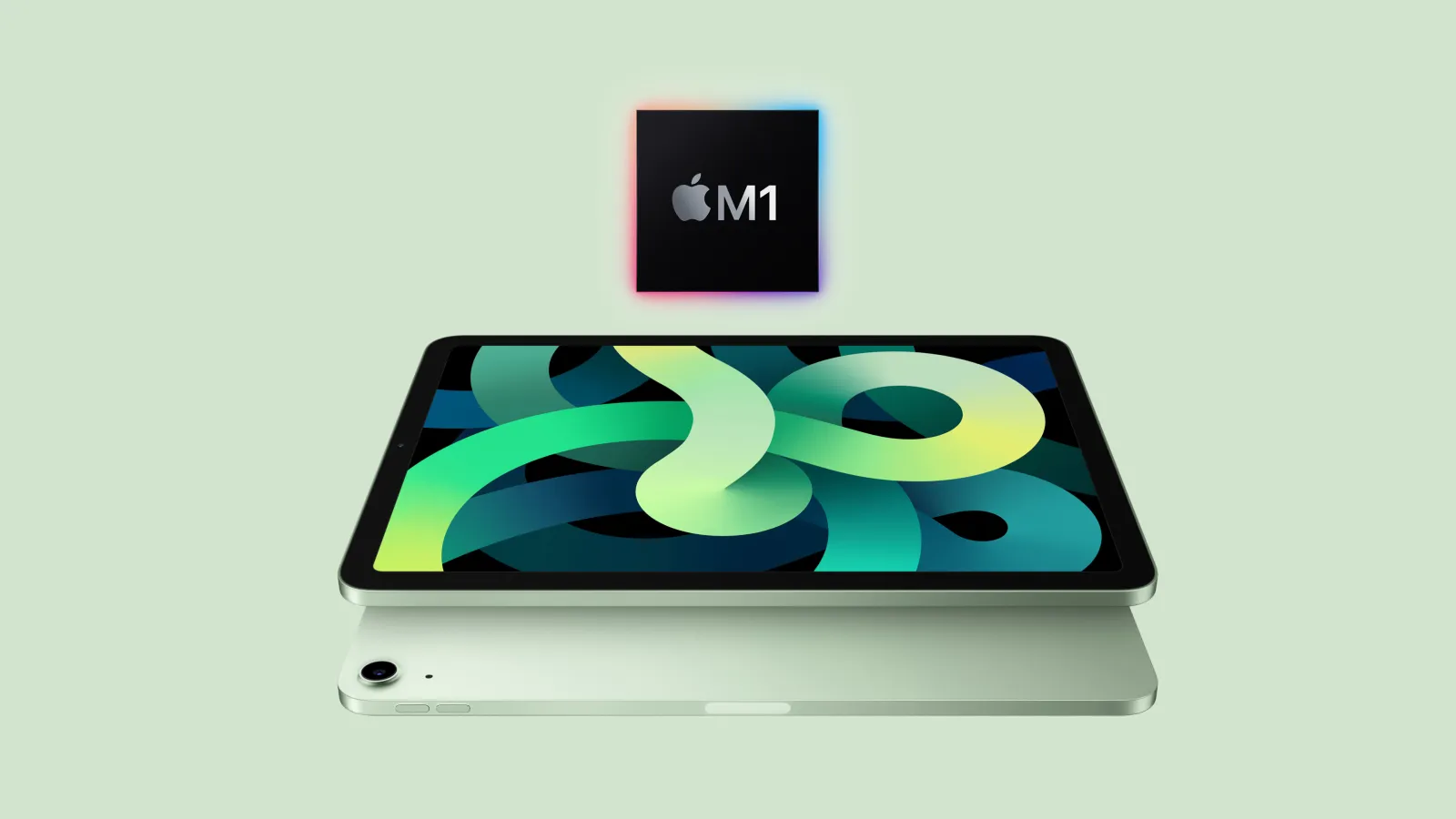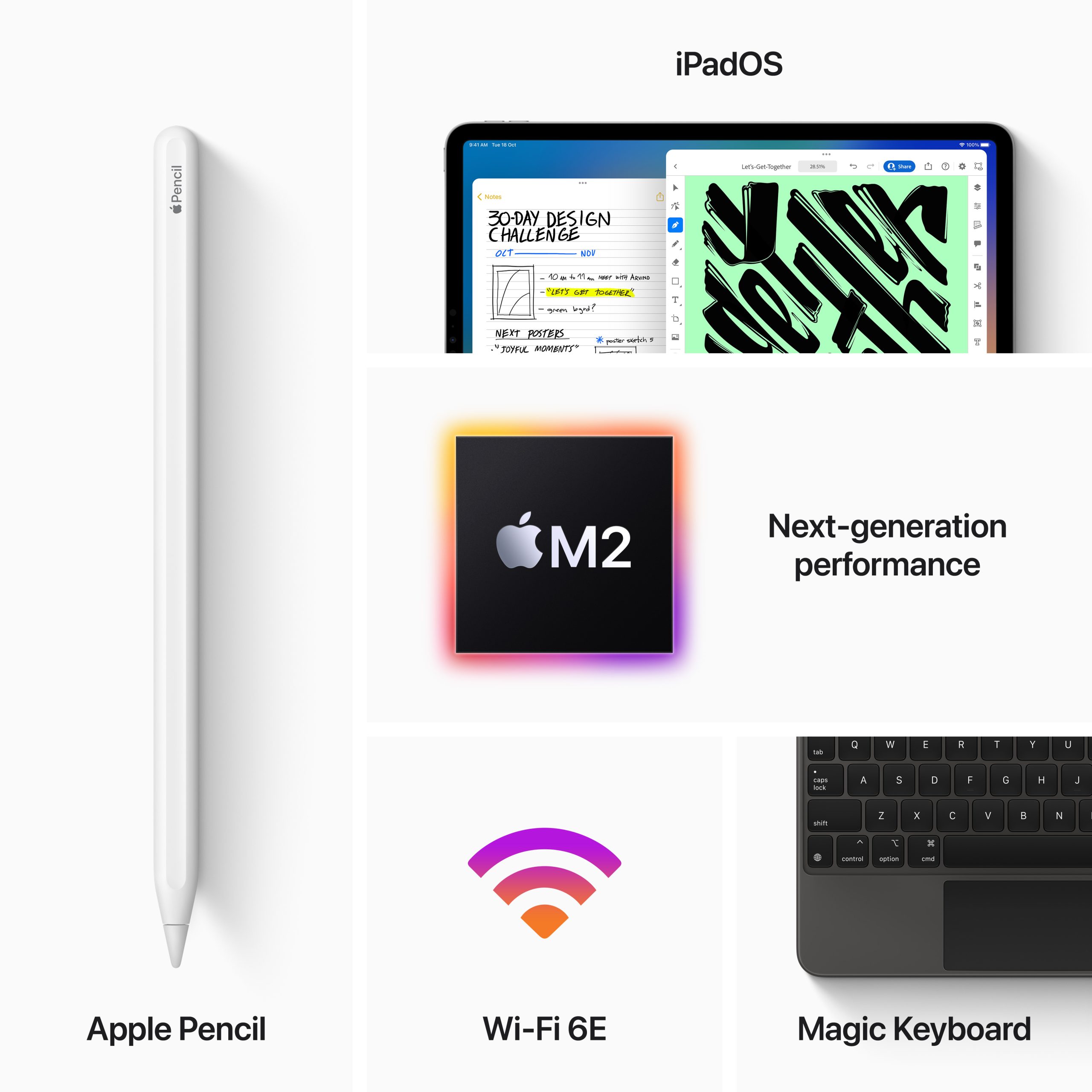Highlights
- Journey from A4 in the original iPad to M2 in the latest iPad Pro models.
- Introduction of Apple Silicon marks a new era for iPad capabilities.
- Each chip generation enhances iPad’s performance and efficiency.
- M1 and M2 chips blur the line between iPads and traditional computers.
Apple’s journey through the innovation of iPad chipsets is objectively a pursuit of performance and efficiency.
In the tablet world, very few, if any, can boast of better performance than an iPad.
It stands to reason that iPads are the bestselling tablets in the world.
From the original iPad introduced in 2010 to the latest models that harness the power of Apple Silicon, each iteration has marked a leap forward in processing capability, enhancing what users can do with their iPads.
A Decade of Chip Evolution in iPads

The story of evolution of iPad chipsets begins with the dedication to integrating more power and efficiency into a sleek form factor.
With each new chip, from the A-series to the groundbreaking M-series Apple Silicon, iPads have become more capable, supporting a range of applications from graphic-intensive games to professional-grade creative tools.
The Transition to Apple Silicon

The transition to Apple Silicon in 2020 was a monumental step in Apple’s chipset evolution, marking a new era for the iPad and the entire Apple ecosystem.
This move began with the M1 chip, which was first introduced in the Mac lineup and later brought to the iPad Pro, symbolizing Apple’s ambition to create a unified architecture across all its devices.
The M1 chip, featuring an 8-core CPU and up to an 8-core GPU, brought desktop-class performance to the iPad for the first time, blurring the lines between tablet and computer.
Here’s the list of iPads through the ages with their chipset, courtesy of 9to5Mac.
| iPad Model | Chipset |
| Original iPad | A4 – 1 core, 1 GHz |
| iPad 2 | A5 – 2 cores, 1 GHz |
| iPad 3rd gen | A5X – 2 cores, 1 GHz |
| iPad 4th gen | A6X – 2 cores, 1.4 GHz |
| iPad Air | A7 – 2 cores, 1.4 GHz |
| iPad mini 2 | A7 – 2 cores, 1.3 GHz |
| iPad Air 2 | A8X – 3 cores, 1.5 GHz |
| iPad mini 3 | A8 – 2 cores, 1.5 GHz |
| iPad Pro 12.9″ (1st gen) | A9X – 2 cores, 2.26 GHz |
| iPad Pro 9.7″ | A9X – 2 cores, 2.16 GHz |
| iPad 5th gen | A9 – 2 cores, 1.85 GHz |
| iPad Pro 10.5″ | A10X Fusion – 6 cores, 2.3 GHz |
| iPad Pro 12.9″ (2nd gen) | A10X Fusion – 6 cores, 2.3 GHz |
| iPad 6th gen | A10 Fusion – 4 cores, 2.3 GHz |
| iPad Pro 11″ (1st gen) | A12X Bionic – 8 cores, 2.5 GHz |
| iPad Pro 12.9″ (3rd gen) | A12X Bionic – 8 cores, 2.5 GHz |
| iPad Air 3 | A12 Bionic – 6 cores, 2.5 GHz |
| iPad mini 5 | A12 Bionic – 6 cores, 2.5 GHz |
| iPad 7th gen | A10 Fusion – 4 cores, 2.3 GHz |
| iPad Pro 11″ (2nd gen) | A12Z Bionic – 8 cores, 2.5 GHz |
| iPad Pro 12.9″ (4th gen) | A12Z Bionic – 8 cores, 2.5 GHz |
| iPad 8th gen | A12 Bionic – 6 cores, 2.5 GHz |
| iPad Air 4 | A14 Bionic – 6 cores, 3.0 GHz |
| iPad 9th gen | A13 Bionic – 6 cores, 2.66 GHz |
| iPad mini 6 | A15 Bionic – 6 cores, 3.2 GHz |
| iPad Air 5 | Apple Silicon M1– 8 cores, 3.2 GHz |
| iPad Pro 11″ (3rd gen) | Apple Silicon M1– 8 cores, 3.2 GHz |
| iPad Pro 12.9″ (5th gen) | Apple Silicon M1– 8 cores, 3.2 GHz |
| iPad Pro 11″ (4th gen) | Apple Silicon M2 – 8 cores, 3.5 GHz |
| iPad Pro 12.9″ (6th gen) | Apple Silicon M2 – 8 cores, 3.5 GHz |
Reflecting on the Progress

From the single-core A4 chip in the original iPad to the powerful 8-core M2 in the latest iPad Pro, Apple’s chipset evolution mirrors the expanding capabilities of the iPad itself.
This progression is indicative of Apple’s innovation in hardware and also its vision for a future where iPads are as powerful and versatile as traditional.
But when will they replace MacBooks?
The honest answer is no one knows .
FAQs
Q: What was the first chip used in iPads?
A: The original iPad, introduced in 2010, was powered by the A4 chip, which had a single core running at 1 GHz.
This was Apple’s first step in custom silicon for iPads, setting a precedent for performance and efficiency in tablet computing.
Q: How did the transition to Apple Silicon affect iPads?
A: The transition to Apple Silicon in 2020, starting with the M1 chip in iPad Pro models, represented a significant leap in processing power and efficiency.
This move not only enhanced the iPad’s capabilities but also aligned it closer with the performance levels of desktop and laptop computers, thanks to the M1’s 8-core CPU and GPU.
Q: Can you explain the difference between the A-series and M-series chips in iPads?
A: The A-series chips, used in iPads for a decade, focused on balancing performance and efficiency in a mobile form factor.
The introduction of the M-series, beginning with the M1 chip, marked a shift towards providing desktop-class performance in iPads, with more powerful CPU and GPU cores and higher efficiency.
Q: What makes the M2 chip stand out in the latest iPad Pro models?
A: The Apple Silicon M2 chip, featured in the latest iPad Pro models, stands out for its enhanced performance and efficiency.
With an 8-core CPU that includes 4 performance and 4 efficiency cores, along with a 10-core GPU, the M2 chip offers significant improvements in multitasking, graphics, and overall speed, setting a new benchmark for what tablets can achieve.
Also Read: Apple to Possibly Unveil Foldable iPhone or iPad by 2026-2027
Also Read: Apple To Reportedly Refresh iPad Pro, iPad Air and MacBook Air with a Quiet Launch This Week
Also Read: iPad Pro (2024): Design, Processor, Cameras, Display, and, What To Expect
